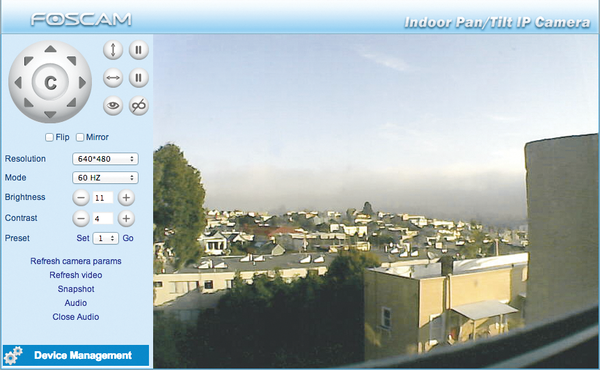

Then, you can use win32diskimager or Etcher, to write the image onto the SD card. If you’re using the Raspberry Pi 3, choose. With your microSD card connected to your computer, open the SD card Formatter application, and format your microSD card with the “overwrite format” option.Ĭhoose the right image for your device: MotionEyeOS releases page.Install the SD Card Formatter software.Go to and download the SD Card Formatter software for your operating system.But first, you need to format you microSD card – there are several ways to do this, but we recommend following the next procedure: You’ll install MotionEyeOS on a microSD card and then, insert the microSD card into your Raspberry Pi board. To install MotionEyeOs in your Raspberry Pi 3, follow the next steps. You can use the preceding links or go directly to /tools to find all the parts for your projects at the best price! Camera – we’re using the Raspberry Pi camera V2 module, and a USB webcam.Raspberry Pi 3 – read Best Raspberry Pi starter kits.Access your media files through FTP server or SFTP serverįor this project we’re using the following parts:.Store your files in SD card, USB drive, or upload your files to Google Drive or Dropbox.Motion detection with email notifications.Additionally, it brings other useful features when it comes to a surveillance system: It supports most USB cameras, Raspberry Pi camera modules, and IP cameras. MotionEyeOS is the perfect solution to build your own surveillance system because it is simple to install and has a web-based, user-friendly interface that is responsive in practically any browser. The MotionEyeOS supports the following devices: MotionEyeOS is a Linux distribution that turns your single-board computer into a video serveillance system. Do you want to turn your Raspberry Pi into a surveillance camera system? The best way to do it is using MotionEyeOS. In this post we’ll show you how to get started with MotionEyeOS on your Raspberry Pi.


 0 kommentar(er)
0 kommentar(er)
